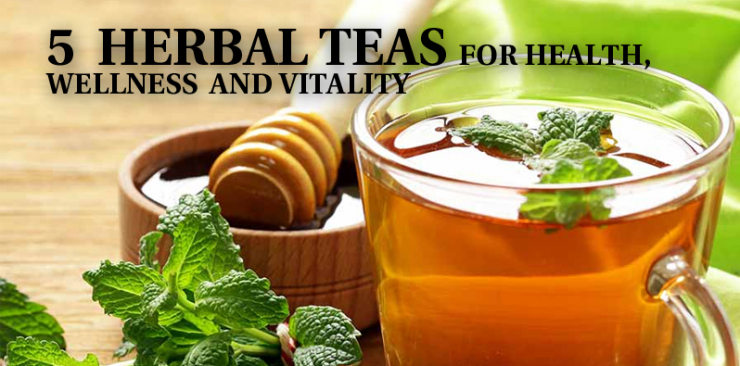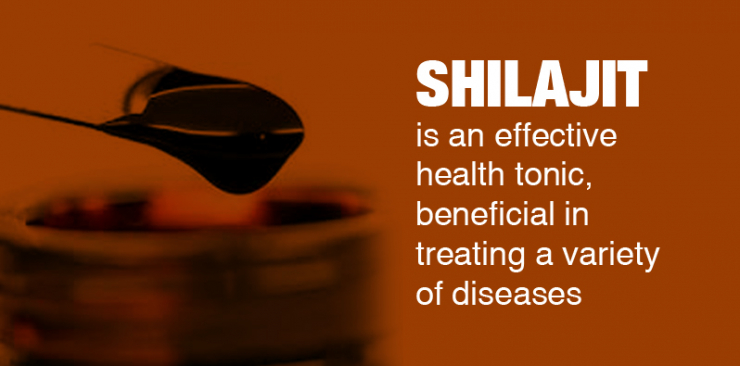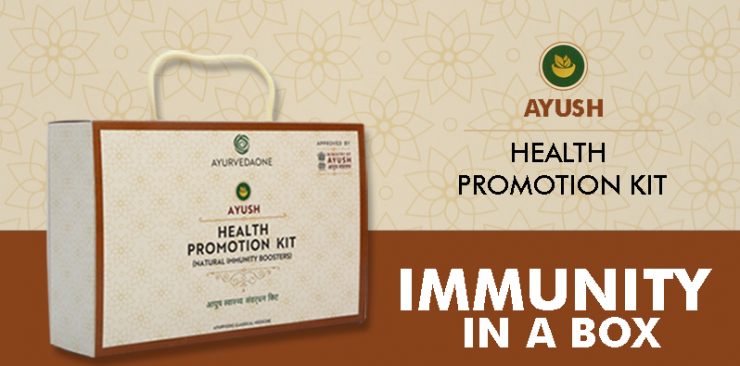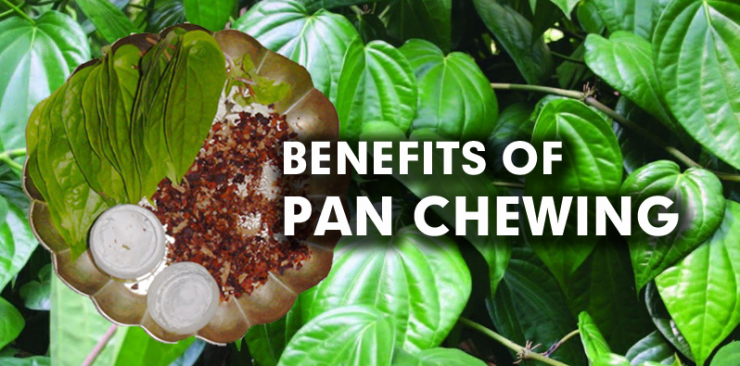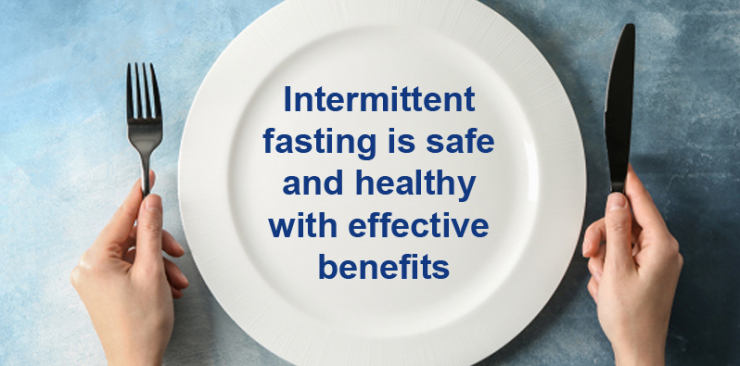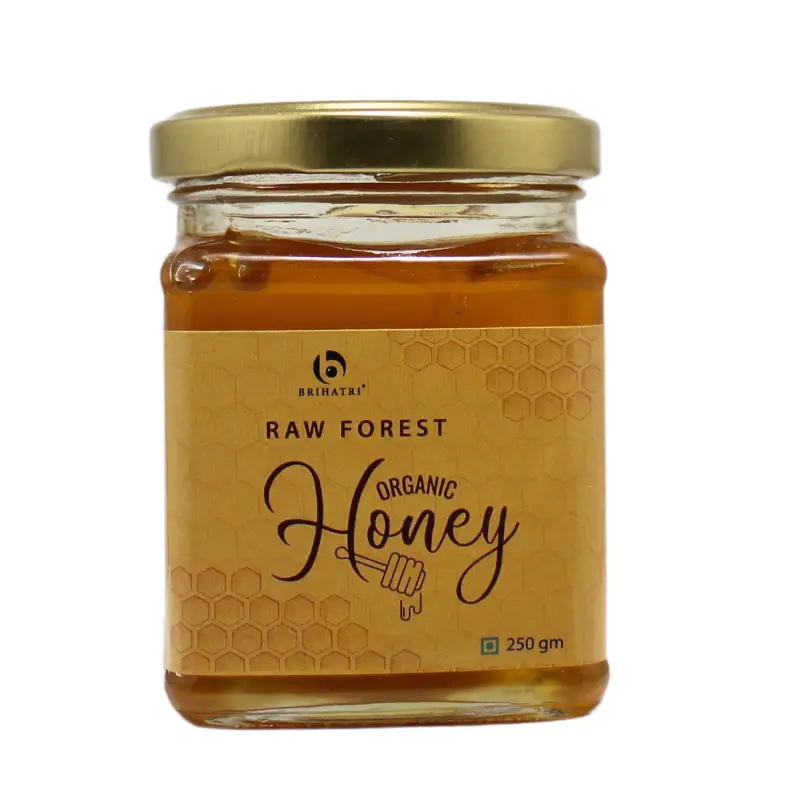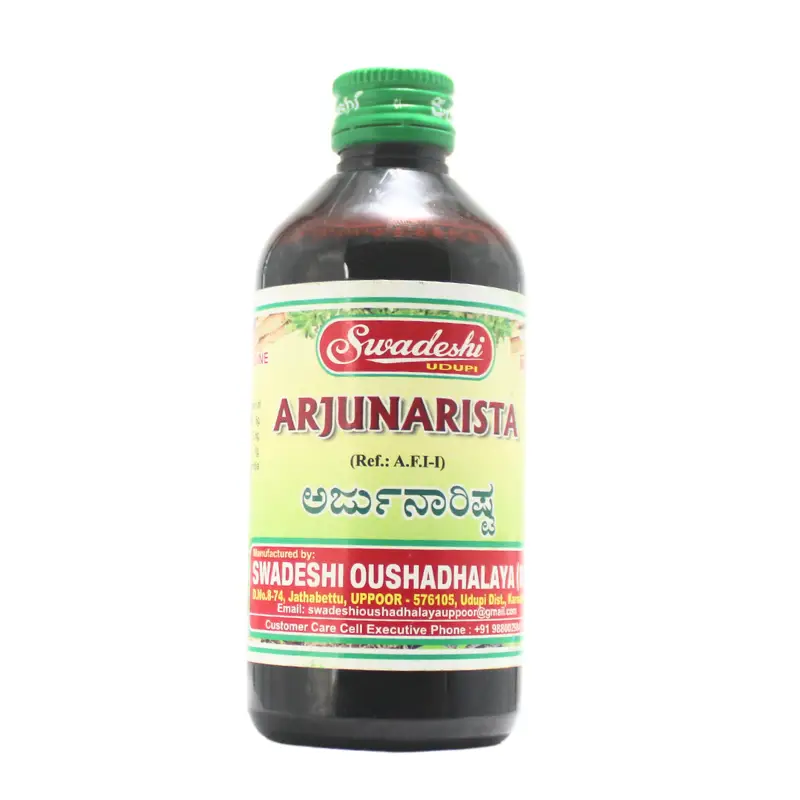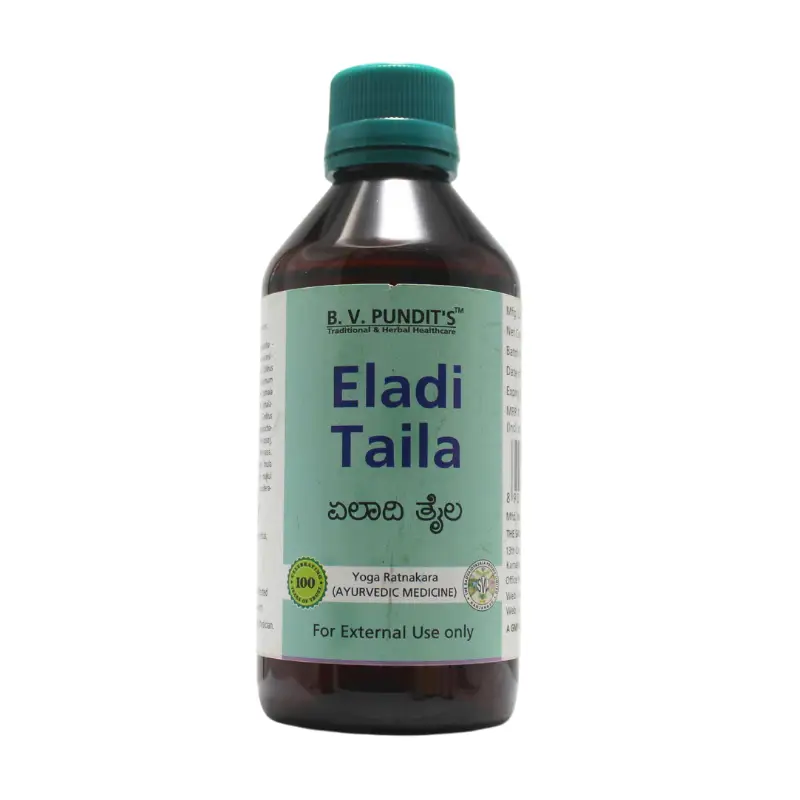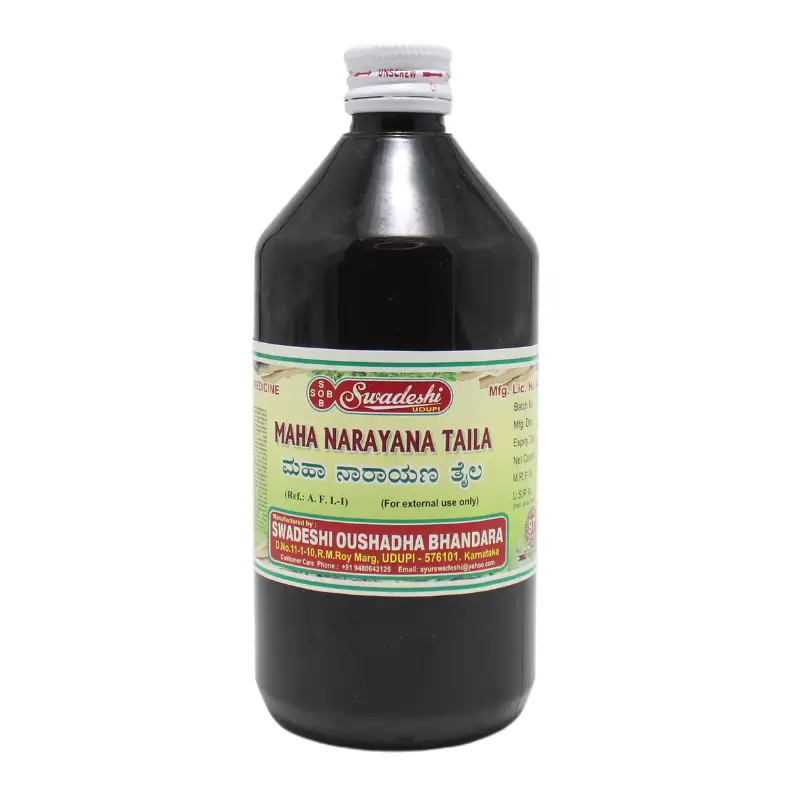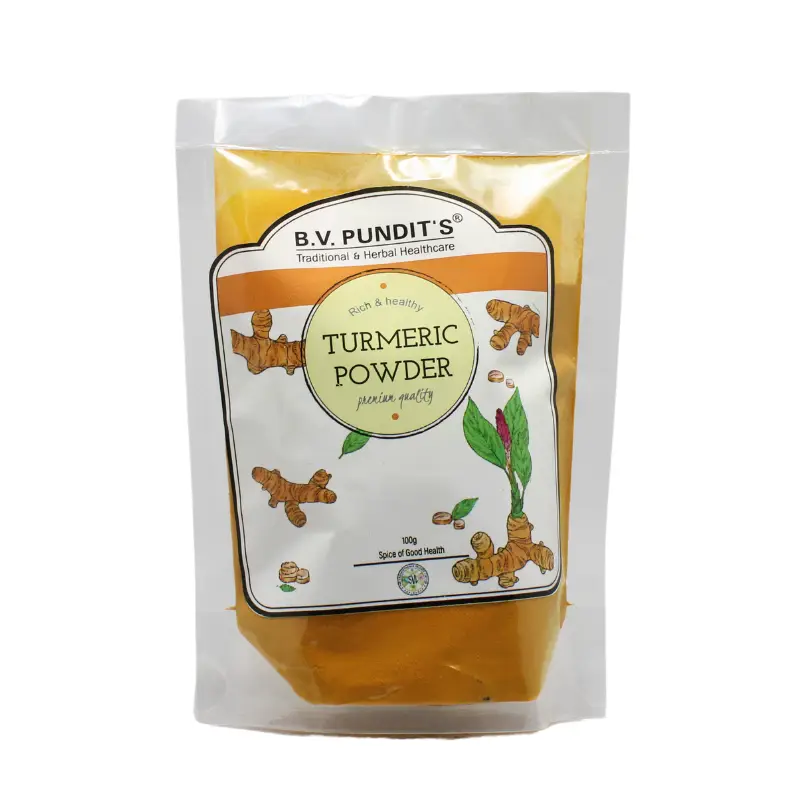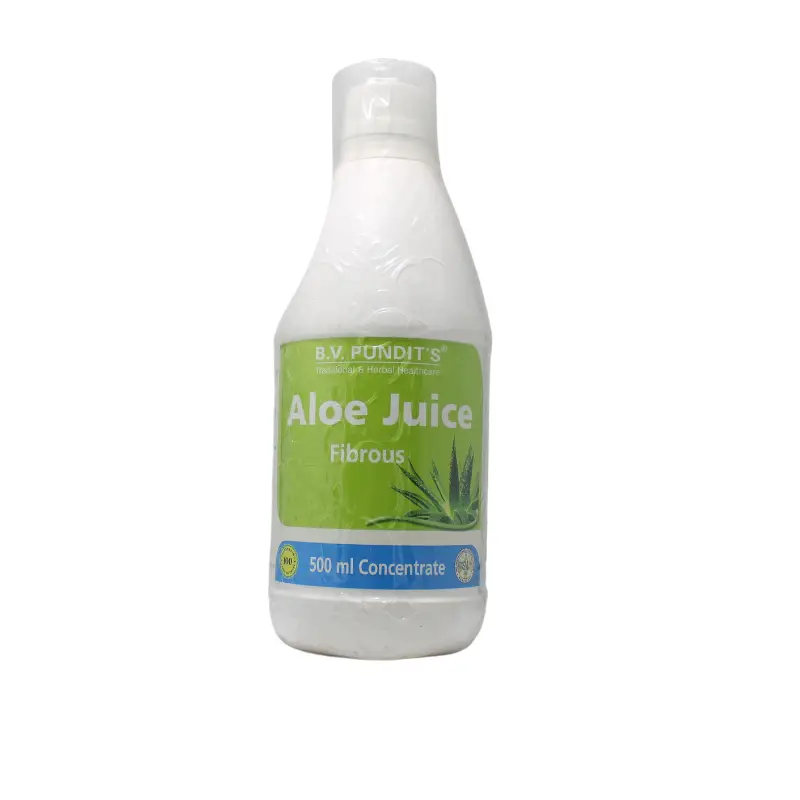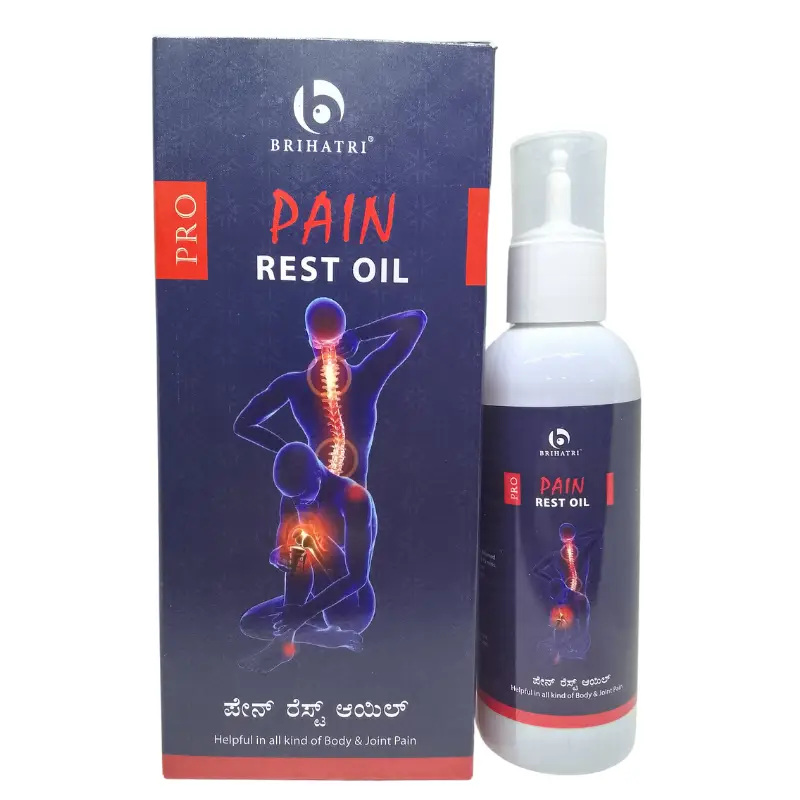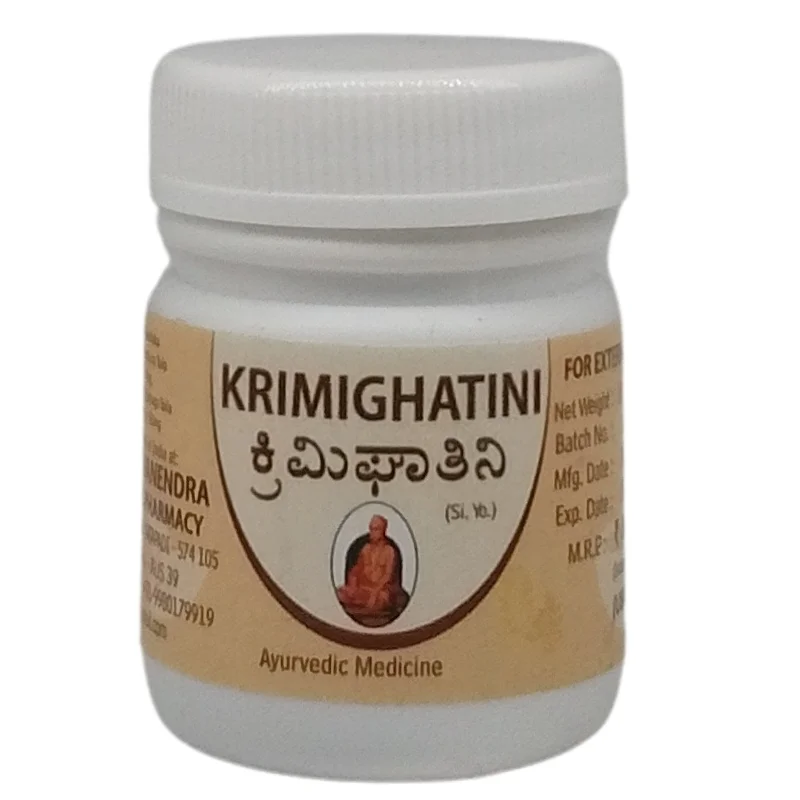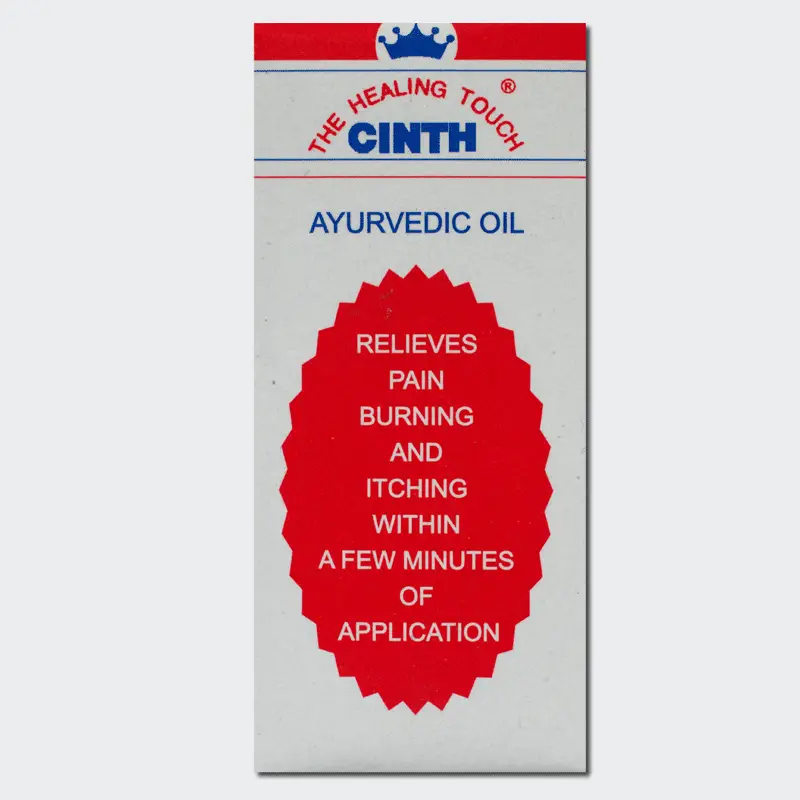women can get rid of facial hair by these natural ayurvedic remedies
Many women get unwanted facial hair, which is medically called Hirsutism. This condition is common among teenage girls after puberty or in women of reproductive age.
There are several causes of women’s facial hair. Poly Cystic Ovarian Syndrome is a common cause for hirsutism. Hormonal imbalance is another common cause of this condition. Some medications can cause hirsutism such as danazol, which is used to treat women with endometriosis. Another medicine, systemic corticosteroids and fluoxetine (Prozac) that treats depression give rise to facial hair in women.
Ayurvedic ways to get rid of facial hair
Women try various ways to get rid of facial hair, which are usually temporary. On the other hand, Ayurvedic remedies are said to be painless, natural and provide permanent results. Here are a few effective Ayurvedic remedies to get rid of facial hair at home.
Turmeric and herbal leaves: Grind dry turmeric, Acalypha indica leaves and neem leaves, and make a smooth paste. Apply the paste on your face at night and leave it overnight. In the morning, peel off the dried face mask and wash your face. For desired results, repeat this at least thrice a week.
Raw papaya and turmeric: Peel a raw papaya and grind it. Add turmeric powder to it and mix well. Apply this on your face and massage for about 15 minutes. Wash your face with cool water. Repeat this at least once or twice a week. The bio-active enzyme found in papaya called papain enlarges the hair follicle. Papaya also helps naturally exfoliating the skin by removing the dead cells.
Turmeric and milk: You can make a paste with turmeric and milk. Apply this like a facemask. Wait till it is dries, mildly scrub and remove. Wash your face with water.
Lemon scrub: Make a scrub by mixing 2 tablespoons of sugar, 1 tablespoon of organic honey, and 2 teaspoons of lemon juice. Heat the mixture until it becomes a smooth paste. You can add some water to make the paste a little thinner. Cool the mixture and apply it on the affected areas. Leave it for 30 minutes and rinse with water. Try to do it at least thrice a week. This also improves the skin as honey has moisturising properties.
Barley peel: Add barley powder to milk and mix to make a thick paste. Add lemon juice to it and mix well. Apply the paste on your face and leave it for 30 minutes. Repeat this twice or thrice a week.
Egg white mask: Take the egg white of an egg and mix it with a tablespoon of cornstarch and sugar. Beat the mixture to a smooth paste, and apply it on your face. Let it dry for 15 to 20 minutes. Now peel it off and rinse your face with cold water. Follow the regime at least twice a week. Excessive facial hair growth can be controlled by this egg mask. The mask also nourishes your skin as eggs are full of protein, which infuses collagen booster to your skin.
Potato and lentil: Soak some yellow lentil overnight. Grate a potato and take out its juice. You also need a teaspoon of honey and a teaspoon of lime juice. Now grind the lentil and add the potato juice, honey and lime juice. Apply the mixture on the affected areas and let it sit for 15-20 minutes until it dries. Rub the dried paste and remove it. Now wash your face with cold water. Repeat twice or thrice a week.
Oil remedy: Add Kusuma oil with thanaka powder (Burmese Thanaka Tree). Massage it on the affected areas until it gets absorbed into the skin. Leave it overnight. Wash off the paste in the morning. Use this treatment regularly till you see effective results.
Onion remedy: Grind one onion along with basil leaves. Apply the paste on your face and leave it for 30 minutes. After it dries out, remove it and wash with water. Regular usage will show effective results.
Flour face mask: Take half a cup of chickpea flour, add one teaspoon turmeric powder and one tablespoon fresh yogurt to it and mix well. Massage the mixture on your face and leave for 20-30 minutes. After it dries, rub it off in the opposite direction of the hair growth.




